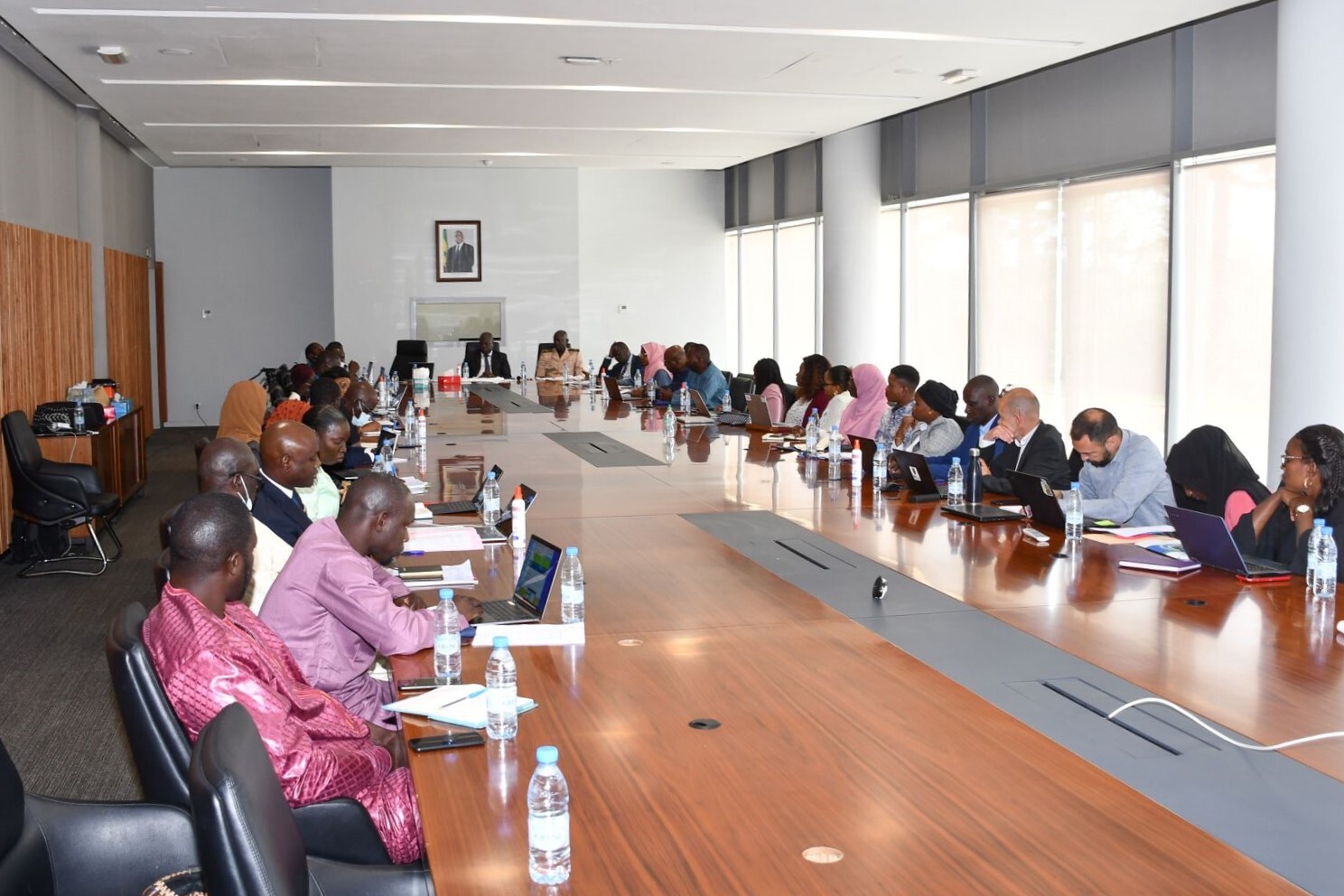How will we get around in Dakar in 2035?

Dakar joined the MobiliseYourCity Partnership in May 2017. The objective of the Executive Council of Urban Transport of Dakar (CETUD) was to provide the Dakar region with a Sustainable Urban Mobility Plan (SUMP) by 2035. In 2019, the SUMP was officially launched and Dakar became one of the pioneer cities of the Partnership in Sub-Saharan Africa.
The SUMP diagnosis revealed certain dysfunctions in the mobility systems:
- While walking accounts for about 70% of trips, conditions are particularly unfavourable for pedestrians;
- The modal share of public transport is high (80% of motorised trips), but it faces competition with informal transport and a drop in commercial speeds due to congestion;
- The road network is congested and paralyses individual motorised modes as much as public transport. Significant investments have been made in recent years, but there is still great potential for optimisation through better traffic management. To the east of the conurbation, the network is still poorly connected.
- Cycling is marginal. The SUMP will have to propose concrete actions to ensure that the strong potential of cycling is exploited.
With the arrival of the Regional Express Train (entered into service in 2021), the Bus Rapid Transit (currently under construction), the reorganisation of the public transport network and the construction of new infrastructure, the Dakar conurbation will undergo a major transformation of its mobility in the coming years. The SUMP will have to raise the level of ambition to meet the expected demand for mobility by 2035 when nearly 14.5 million journeys will be made every day compared with 9 million today. Trips by private car will double, according to future scenarios. With such rapid growth, the transport systems are likely to be saturated.
Thus, because of its very constrained situation, it is necessary to change the demand for mobility in Dakar by proposing a multimodal and proactive vision. The scenarios proposed by the SUMP seek to respond to the growth in the number of journeys with two complementary dynamics: acting on supply by encouraging the most virtuous modes and acting on demand to better control the projected growth and reduce the need for motorised travel.
CETUD is developing the SUMP within the framework of a participatory process involving all mobility stakeholders in Dakar. The scenarios developed were presented to the Steering Committee on 31 May 2022. The one selected, entitled "Public Transport in a Clean Zone for a Calm City", will provide the best possible response to the challenges of mobility in Dakar. Its validation allows the definition of an action plan and the proposal of financing schemes for the implementation of the SUMP.